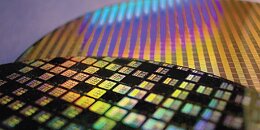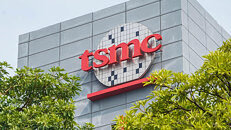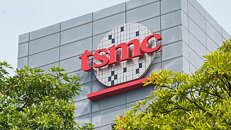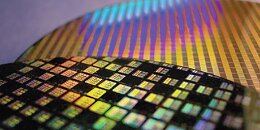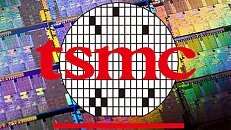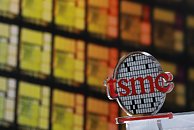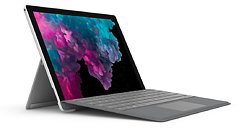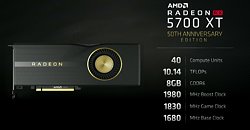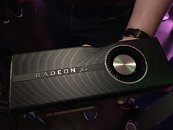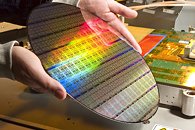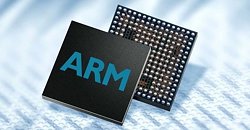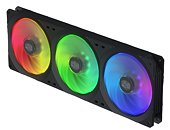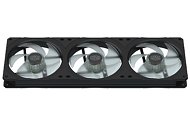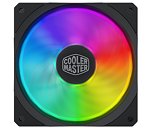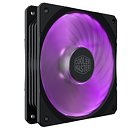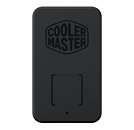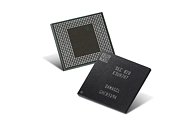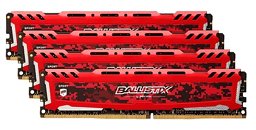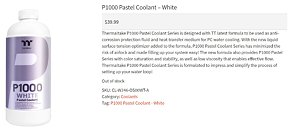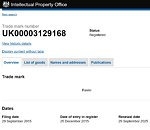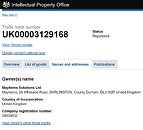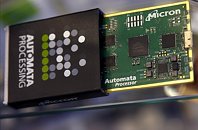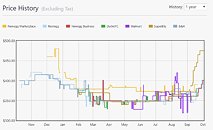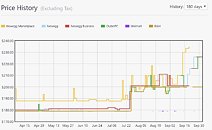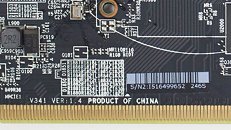
TSMC to Stop Orders from Huawei in September
TSMC, one of the largest semiconductor manufacturing foundries, has officially confirmed that it will stop all orders from Chinese company Huawei Technologies. The Taiwanese silicon manufacturer has decided to comply with US regulations and will officially stop processing orders for Huawei on September 14th of this year. Precisely, the company was receiving orders from HiSilicon, a subsidiary of Huawei Technologies that focuses on creating custom silicon. Under the new regulation by the US, all non-US companies must apply for a license to ship any American-made technology to Huawei. Being that many American companies like KLA Corporation, Lam Research, and Applied Materials ship their tools to many manufacturing facilities, it would be quite difficult for Huawei to manufacture its silicon anywhere. That is why Huawei has already placed orders over at Chinese SMIC foundry.
